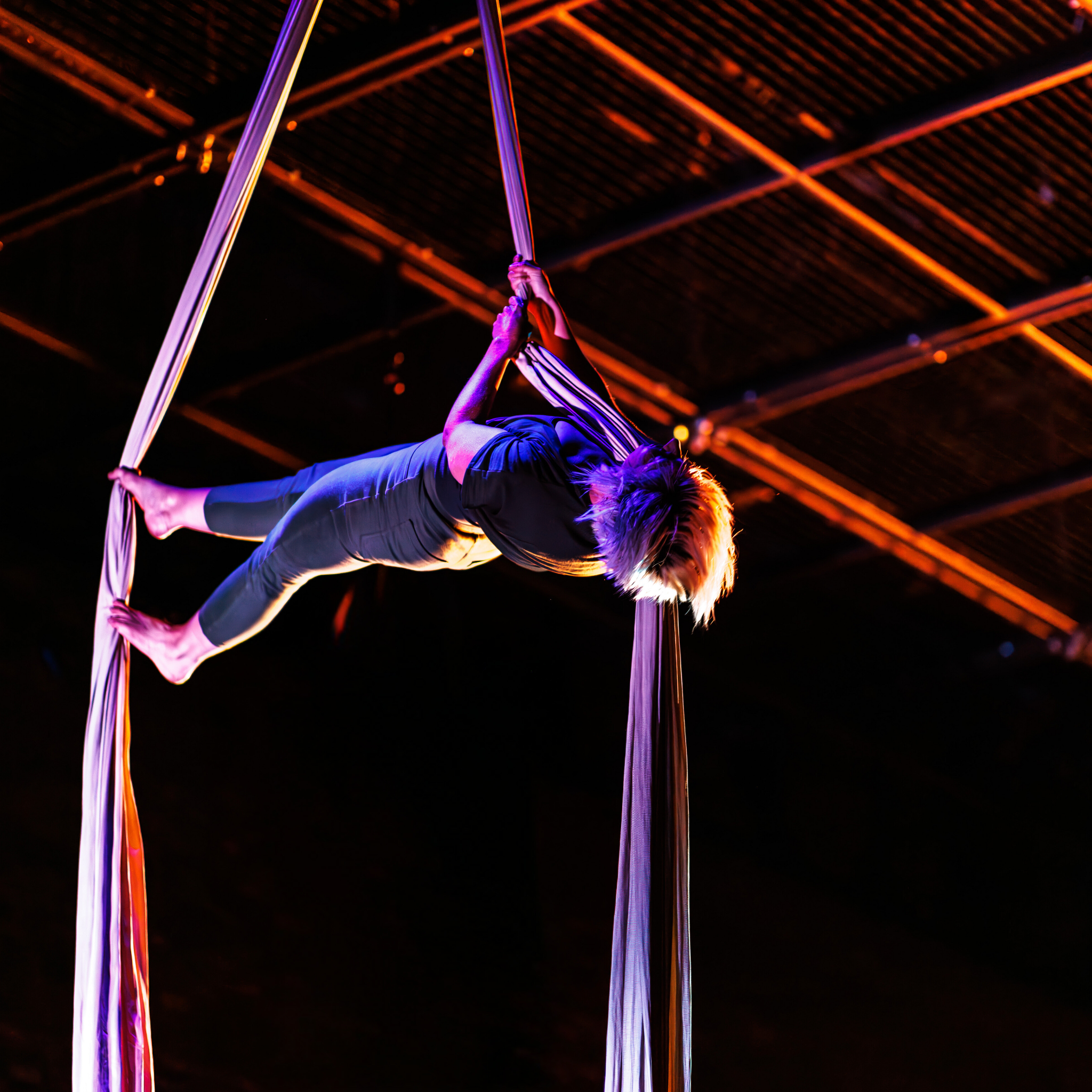
Borrowed Moves, Original Growth: The Art of Learning Choreography
I’m a self-proclaimed movement nerd. And while I wouldn’t necessarily call myself a “dancer” per se, I have taken a TON of different dance classes in my lifetime. From the old standards like ballet, jazz, and even tap (yep, I was a musical theater kid) to other forms like contemporary, African dance, Middle-Eastern, and hip hop.
Anyone who’s taken a dance class or two knows that there’s a structure to most dance classes. 1) Start with warm-up 2) move into technique practice and 3) finish with choreography. Meaning….you learn the teacher’s choreographed routine. (set to music!) This is one of the primary tools that dancers use when developing their craft.
It was ingrained in me early on that stepping into someone else’s choreography was an integral part of the artistic process. It wasn’t just about learning the moves—it was about learning how to move through someone else’s vision, and expanding your own creative style in the process.
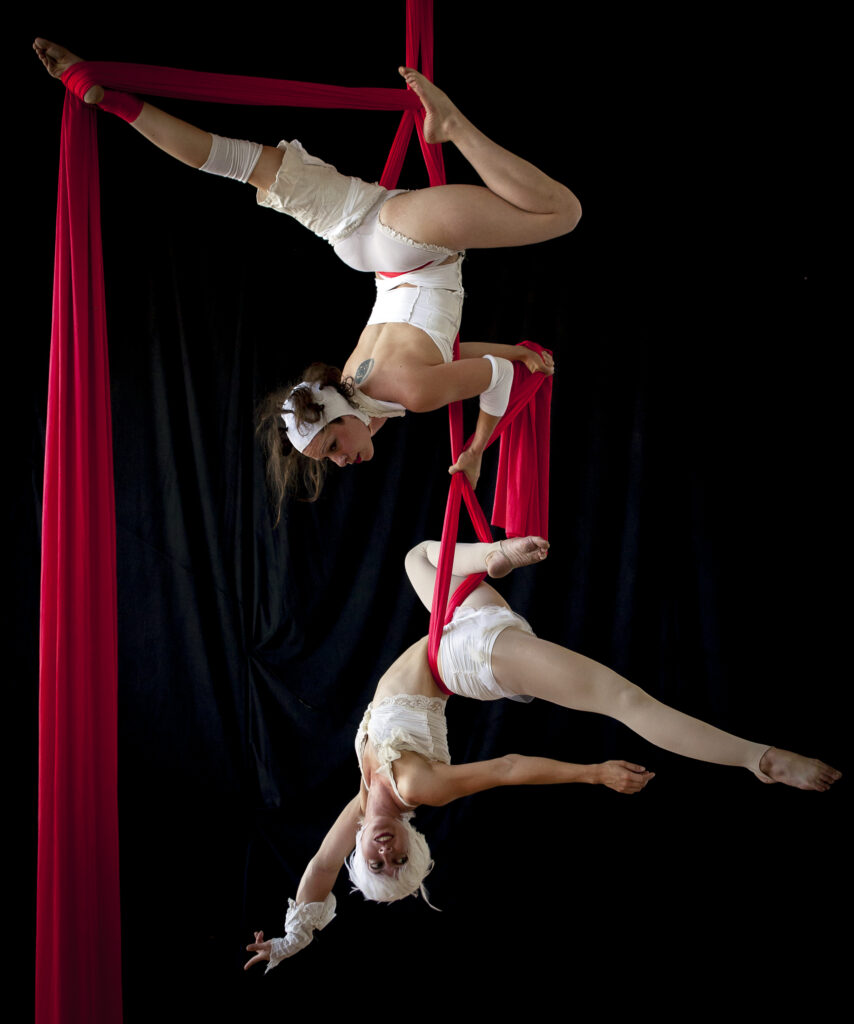
So, when I found my way into the world of circus and aerial arts, I was actually a bit surprised to see the classes seemed to be missing this very important element. Of course it makes sense to be focused on building strength, skills and mastery of the apparatus, especially in the beginning. But once the student has developed enough skills and endurance to execute sequences that would be a ripe time to start learning aerial choreography, right? But when it comes to aerialists, the learning trajectory is often quite different.
It’s much more common to have the aerialist’s entry point into performance be… drum roll please….Act Creation! Usually in some form of student showcase event. A lot of attention (and pressure) is put on the student to create their own piece, and find their own unique style. Now don’t get me wrong, one of the things that I LOVE about aerial arts, that sets it apart from the path of the dancer or actor, is the permission to be your own artist and creator. Aerialists, by the nature of our art form, frequently create our own acts, embracing the freedom of personal style development. While this autonomy is fantastic, it leaves many aerialists with a gap in their education: learning other artists’ choreography.
Now I know I’m making a giant generalization, and there are some fantastic choreography classes out there that do exactly this…teach their students to learn aerial choreography. But I didn’t experience this in my own circus education at all. Then later, when traveling the world and visiting dozens upon dozens of studios I would say that this is the exception, not the rule.
Is it a sequence, or choreography?
Before we go any further, I think it’s important to distinguish the difference between an aerial sequence and a piece of choreography. An aerial sequence is the bones of the choreography. It’s the foundation that everything else will be layered upon. What are the layers? Musical cues, movement quality, gestures and dynamic tempo changes. Choreography also can introduce concept, story, and character work into the movement.
Ok, so what’s the benefit?
Why does this matter? Why should an aerialist spend time learning other people’s choreography? I see SO many benefits to this practice that are far-reaching and can transform your artistic practice in ways you might not expect.
1. Stepping Out of Your Comfort Zone
We all have certain moves, tricks, and sequences that we love to do. It’s what makes our style our style. But, sticking only to what you know can limit your growth. When you learn someone else’s choreography, you’re essentially stepping into their creative mind, pushing yourself to try movements you wouldn’t normally choose. This might mean learning new aerial transitions or even discovering unconventional ways of combining moves you already know.
I’ll be honest—there’s a vulnerability in learning choreography that’s different from creating your own. When you’re improvising or crafting a routine, you’re following your own creative impulses. It feels safe, familiar. But when you step into someone else’s choreography, you’re in unknown territory. You’re not just learning steps—you’re absorbing another person’s artistic vision, which can be uncomfortable at first.
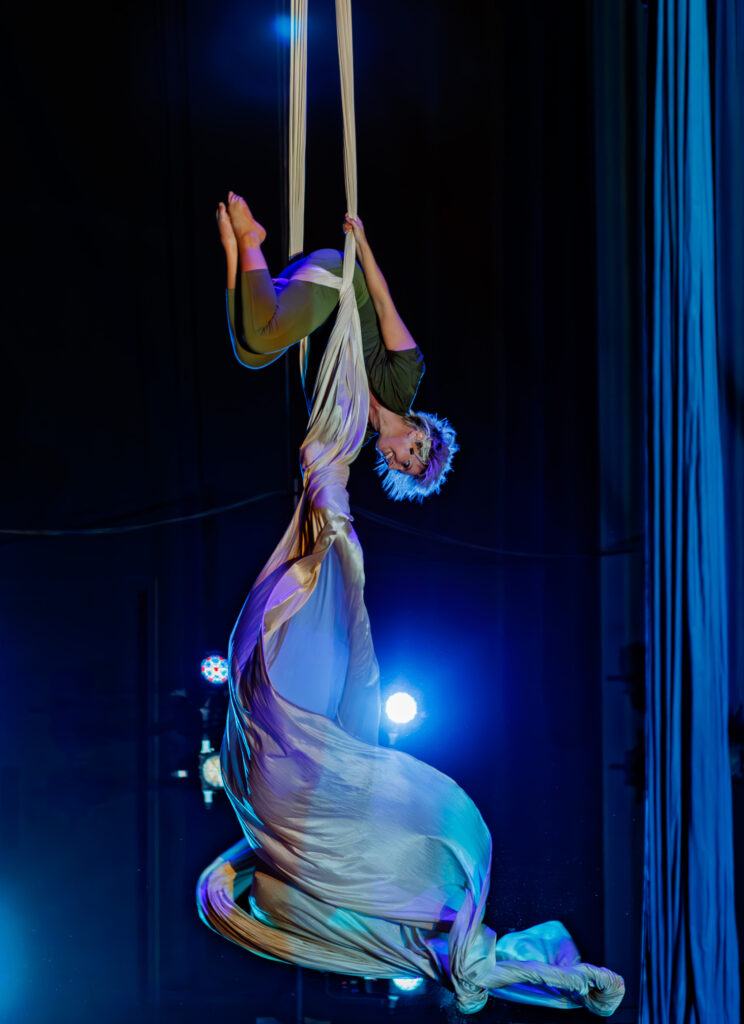
Choreography, especially someone else’s, often requires you to move in ways that feel foreign. That’s a good thing. It stretches your movement vocabulary and shows you there’s more than one way to express the same idea in the air.
2. Expanding Your Movement Vocabulary
One of the best parts about learning choreography is gaining access to a completely different language of movement. Each choreographer brings their own life experience, body awareness, and creative vision into their work. When you learn choreography from someone else, you’re borrowing pieces of that language. Over time, this builds a rich movement vocabulary that you can draw on in your own work.
For aerialists, this is especially important because it helps break away from the common patterns and tricks we might get stuck in. Learning someone else’s choreography opens your eyes to different methods of storytelling, musicality, and spatial awareness. Bonus, it also challenges your body in ways that ultimately make you stronger and more versatile.
3. Finding Inspiration for Your Own Work
Ironically, one of the best ways to find your own voice as a performer is to dive into someone else’s. As you learn another’s choreography, you inevitably stumble upon moments that resonate with you—whether it’s a particular movement phrase, an emotional tone, or a way of transitioning between tricks. These moments plant seeds of inspiration that can later bloom into your own unique ideas.For aerialists, choreography can unlock new ideas for rigging, apparatus exploration, or even combining floor and aerial work in unexpected ways. By studying a variety of choreographic styles, you become more adept at crafting your own, developing a style that’s informed, rich, and distinctly yours.
4. It Opens Doors
Being able to learn and perform choreography is a skill that can set you apart. If you’re only accustomed to working solo, in your own style, you might miss out on group work, collaborative performances, or even the chance to tour with established companies.
Many choreographers and directors look for aerialists who are flexible not just physically but artistically—those who can adapt to different choreographic styles, learn material quickly, and bring a fresh perspective. If you’ve trained yourself to learn other people’s choreography, you’re giving yourself a valuable edge.
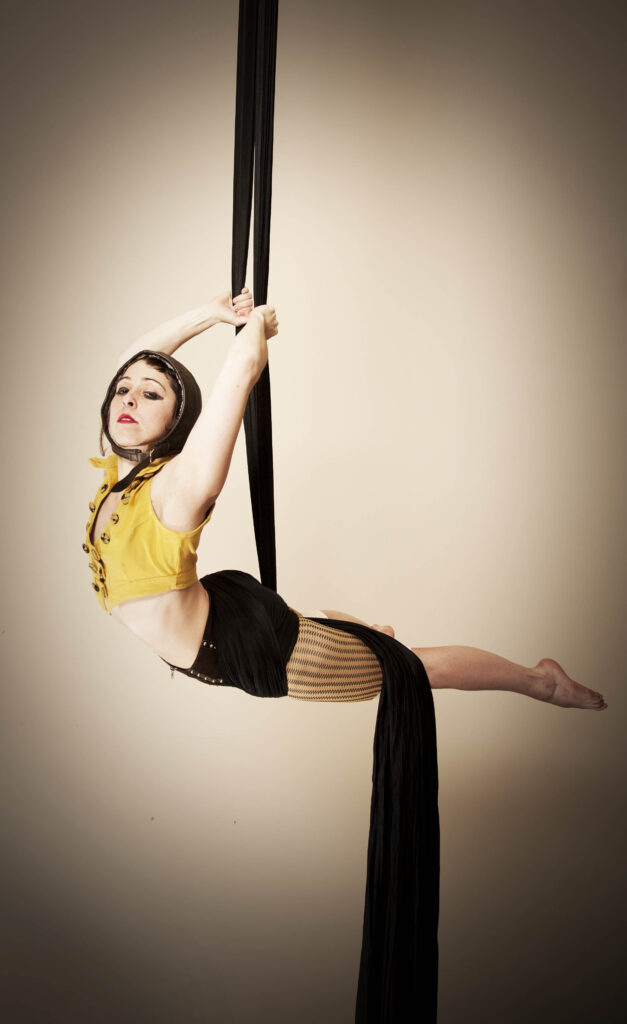
5. Cultivating Discipline and Focus
Learning choreography isn’t always easy. It requires discipline, attention to detail, and patience—all traits that are crucial for growth in the performing arts. You have to commit to remembering sequences, perfecting timing, and refining your technique. This focused practice helps build the discipline you need not just for aerial but for any creative endeavor.
For aerialists, this can be particularly challenging because the choreography may also involve timing your movements with rigging, understanding spatial awareness in the air. But with this challenge comes incredible reward, as you gain agility in both your mind and body.
Looking ahead – Work with us!
For aerialists who are used to flying solo in more ways than one, learning other people’s choreography might feel like a strange and unfamiliar path. But the benefits are undeniable (and it’s fun!) So, if your studio or instructor offers an opportunity to learn someone else’s choreography, take it! If you have a training group, try an exchange where each aerialist develops a short piece of choreography for the others to learn. You might just find that this practice unlocks new levels of artistry and creativity.
Many moons ago, I offered a choreography-based series at Kinetic Arts Center in Oakland, CA, and it was one of my favorite classes I’ve ever taught. Well, I’m getting back to it again, with a very special online workshop series with Saffron Van Rossem.Join us for a 3-part online workshop series, as we delve into concept-driven aerial choreography. Drawing from our current aerial theatre project, Homeostasis, which visually represents the human nervous system through rope and explores the “fight, flight, freeze, and fawn” responses, we’ll share our methods and discoveries.

Choreography Workshop on Aerial Silks | Surge: Fight Mode
With Rain Anya
Apparatus: Aerial Silks
Saturday, October 5th @ 2pm-4pm EST
Choreography Workshop on Aerial Sling | Soar: Flight Mode
With Saffron Van Rossem
Apparatus: Aerial Sling
Saturday, October 12th @ 2- 4pm EST
Creative Workshop on ANY apparatus | Somatic Theatre – The Stories of the Body
With Rain Anya & Saffron Van Rossem
Any Apparatus
Saturday, October 19th @ 2pm-4pm EST
Cost: $50 (live workshop or replay)
Only 8 slots available for each live workshop
These workshops are geared toward aerialists at an intermediate or advanced level.
All proceeds go towards the production costs of creating Homeostasis, an aerial theatre production currently in its development phase. In the United States, raising funds for the arts is an ongoing challenge, as creative projects often struggle to receive the financial backing they deserve. By supporting working artists, you help sustain the lifeblood of cultural innovation, ensuring that vital stories and unique perspectives continue to reach and inspire communities. For those who would like to donate additional funds toward the project, here’s a link to donate.
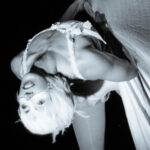
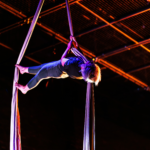

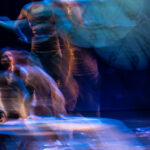

 Feeling the electric energy of the creative
Feeling the electric energy of the creative 

 I created a short p
I created a short p
 And it’s a wrap! That is the last Level 1 Re
And it’s a wrap! That is the last Level 1 Re

